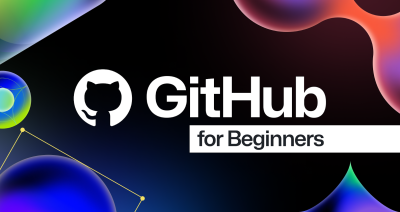
Highlights from Git 2.50
The open source Git project just released Git 2.50. Here is GitHub’s look at some of the most interesting features and changes introduced since last time.

The open source Git project just released Git 2.50. Here is GitHub’s look at some of the most interesting features and changes introduced since last time.

To celebrate two decades of Git, we sat down with Linus Torvalds—the creator of Git and Linux—to discuss how it forever changed software development.

The open source Git project just released Git 2.49. Here is GitHub’s look at some of the most interesting features and changes introduced since last time.

The open source Git project just released Git 2.48. Here is GitHub’s look at some of the most interesting features and changes introduced since last time.

Want to know how to take your terminal skills to the next level? Whether you’re starting out, or looking for more advanced commands, GitHub Copilot can help us explain and suggest the commands we are looking for.

The latest installment of GitHub for Beginners, where we cover the essential Git commands to get you Git-literate.

Let’s get you started on your Git journey with basic concepts to know, plus a step-by-step on how to install and configure the most widely used version control system in the world.

Git is releasing several new versions to address five CVEs. Upgrading to the latest Git version is essential to protect against these vulnerabilities.

Git 2.45 is here with experimental support for reftables, and SHA-256 interoperability. Get our take on the latest here.

The first Git release of 2024 is here! Take a look at some of our highlights on what’s new in Git 2.44.

The last Git release of 2023 is here! Take a look at some of our highlights on what’s new in Git 2.43.

Use our new open source Trace2 receiver component and OpenTelemetry to capture and visualize telemetry from your Git commands.

Another new release of Git is here! Take a look at some of our highlights on what’s new in Git 2.42.

GitHub switched to performing merges and rebases using merge-ort. Come behind the scenes to see why and how we made this change.

The open-source Git project just released Git 2.41. Take a look at our highlights on what’s new in Git 2.41.
Build what’s next on GitHub, the place for anyone from anywhere to build anything.
Last chance: Save $700 on your IRL pass to Universe and join us on Oct. 28-29 in San Francisco.